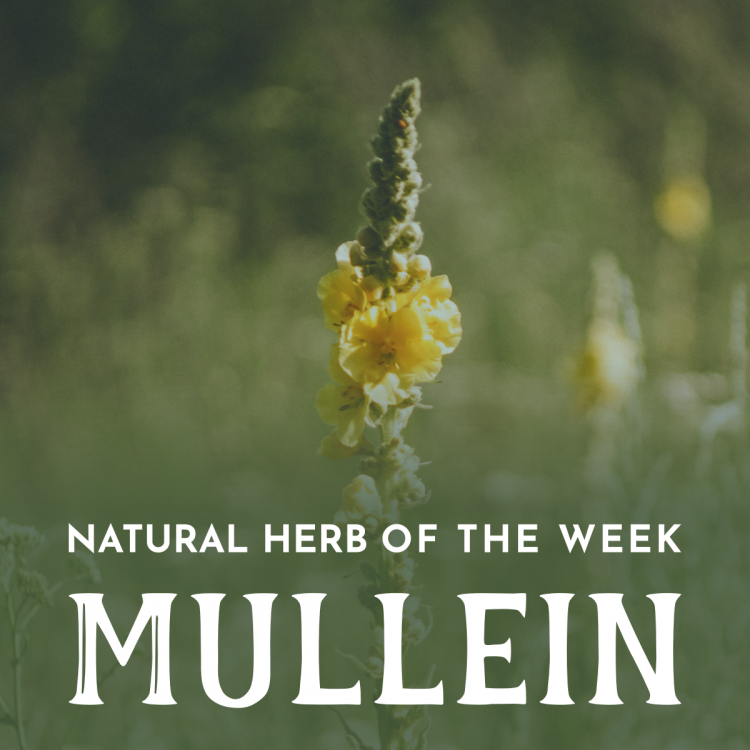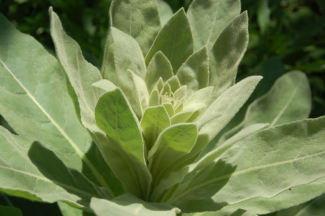Greater Mullein, or Verbascum thapsus, is a species of Mullein in the genus Verbascum. Mullein can be found in neglected fields and pastures, along fences and roadsides, vacant lots, industrial areas, and burned areas with charcoal.
Mullein has soft, velvet-like leaves with a thick central stem and small veins throughout. In the first year, mullein grows low to the ground in rosettes of leaves. In the second year, the plants produce a single flower stalk that can grow up to 5-10 feet tall with tiny yellow flowers.
Mullein flowers, roots, and leaves have been traditionally used as a natural remedy for thousands of years to alleviate various health issues, including cough, respiratory issues, colds, sore throat, bronchitis, asthma, pneumonia, pain, inflammation, and migraines.
Mullein oil, made from the flowers, is used as a remedy for ear infections, earaches, eczema, and some other skin conditions.
Mullein includes many active compounds, including saponins, flavonoids, phenylethanoid glycosides, and iridoids.
I use mullein all the time in tea, compress, and more. It’s a super helpful herb that grows plentiful in this area, you can pretty much always find mullein, and lots of it.
Tune in next week to learn about white Yarrow!

PLEASE NOTE: If you have sensitive skin or are prone to allergic reactions, do a patch skin test before using mullein on your skin.
DISCLAIMER: Statements made on this blog regarding natural herbs have not been evaluated by the food and drug administration, as the FDA does not evaluate or test herbs. None of the information in this blog is intended to diagnose, treat, cure or prevent any disease. The suggested uses of botanicals are presented solely for their educational value.
Talk with your doctor or healthcare provider before taking or using any herbs.


